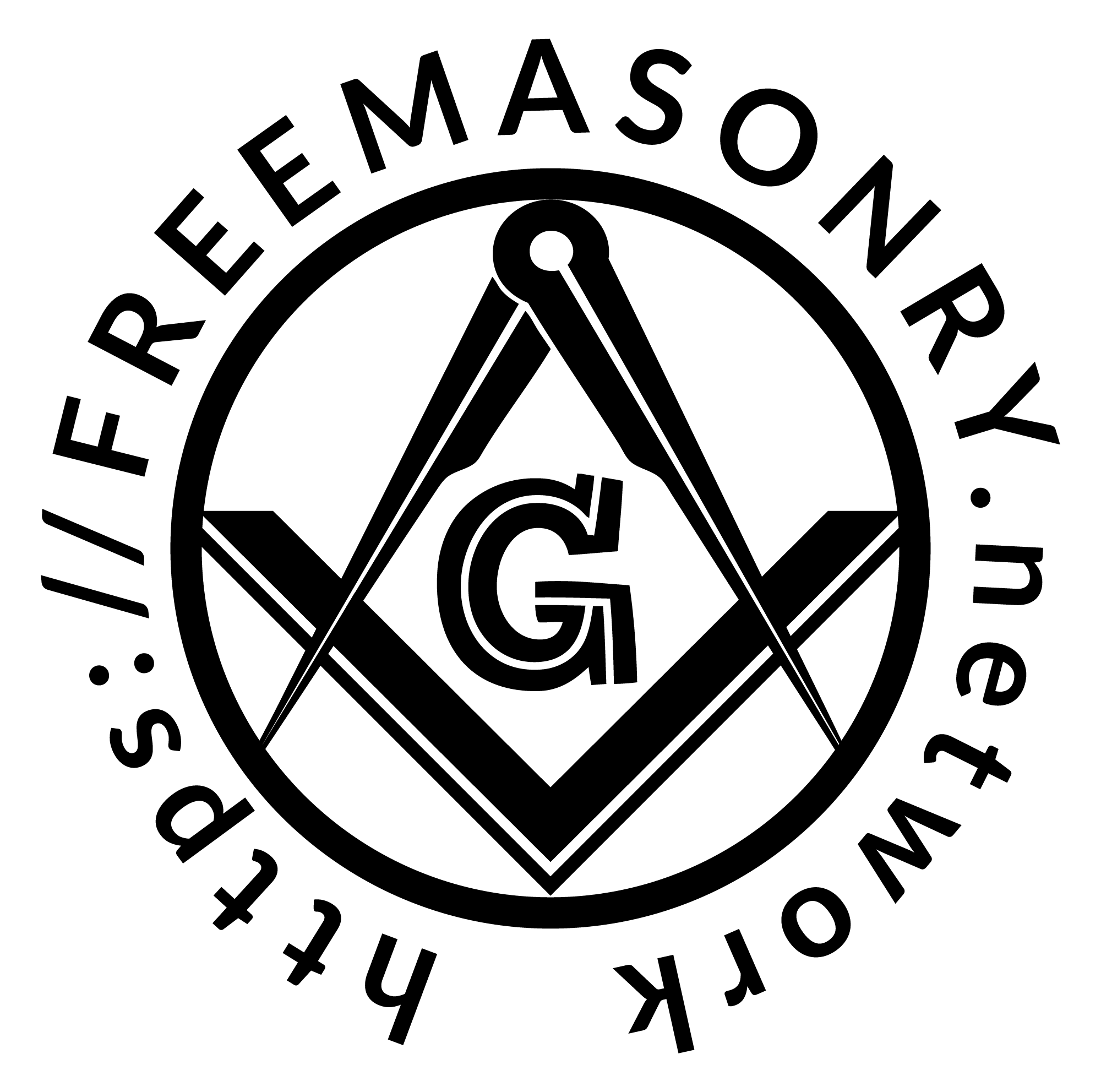The Holy Royal Arch is affiliated to many different masonic constitutions worldwide, many of which place different emphasis on the order.
England, Europe and Australasia
The English system of Royal Arch Masonry consists of a single appendant order, which works four ceremonies: the exaltation ceremony to bring in new members and an installation ceremony for each of the three Principals.
In England and Wales, a Holy Royal Arch Chapter is required to be sponsored by a Craft lodge and bears the same number. In nearly all cases, a Holy Royal Arch Chapter also bears the same name as its sponsoring Craft lodge, although the Holy Royal Arch itself is a separate order from Craft Freemasonry. At the same time, the Holy Royal Arch is the only appendant order that is actively endorsed by the United Grand Lodge of England among Craft freemasons. Craft lodges in England and Wales normally have a specially appointed Royal Arch Representative, and newly raised Master Masons are actively encouraged to seek exaltation into the Holy Royal Arch before considering membership of any further Masonic organisation.
With the exception of Scotland and Scandinavia (where Swedish rite is used), the English system of Royal Arch Masonry is also found in other European states, as well as in Australasia, and is currently being introduced to many eastern European states, including Russia and Serbia. Due to the difference in organisation, notable restrictions apply to English members of the Royal Arch who wish to attend Royal Arch meetings in Scotland (see below).
(the source/read more: Wikipedia)
Scotland
In Scotland, the degree is conferred in a Royal Arch Chapter which is organised within a wholly different administrative structure, the “Supreme Grand Royal Arch Chapter of Scotland”. This body administers Mark Masonry, Royal Arch Masonry, and the degree of Excellent Master which is an essential preamble to the Royal Arch degree.
English Royal Arch Masons will not be allowed into a Scottish chapter during a Mark working, unless they also hold that degree, which in England is administered by a separate body. The Excellent Master degree does not exist in England, and members of the English Grand Chapter are not permitted to attend these workings. They may also be excluded from part of the Royal Arch working which they no longer use, although this is at the discretion of individual chapters.
These restrictions do not apply to members of Royal Arch chapters in Ireland, Australia, New Zealand, and North America. The position of the Bristol chapters, which re-assimilated “Passing the Veils” (similar to the Excellent Masters working), is unclear.
(the source/read more: Wikipedia)
Ireland
The Royal Arch degree under the Irish Constitution is unique, and while perfectly regular and recognised, it bears little resemblance to the same degree in the sister Constitutions of England and Scotland.
The Royal Arch Degree under the Irish Constitution contains a legend based on the renovation of the First Temple under King Josiah, not the rebuilding of the second. The legend in this form has been worked under the Irish Constitution since 1864. The elaborate “Passing of the Veils” ceremony is essential to the Royal Arch Degree in the Irish system and after it is completed it is followed immediately by the Royal Arch degree itself, containing the story of the restoration of Solomon’s Temple under King Josiah. The three presiding officers of a Royal Arch Chapter in Ireland are called the Excellent King, High Priest and Chief Scribe (not First, Second and Third Principal as in England and Wales). The Sojourners and Scribes were replaced by the ‘Royal Arch Captain’, the ‘Captain of the Scarlet Veil’, the ‘Captain of the Purple Veil’ and the ‘Captain of the Blue Veil’. Although not referred to as such in the ritual, the three principals are taken to be King Josiah, the High Priest Hilkiah and the scribe Shaphan.
Irish Royal Arch Chapters are also permitted to meet as Lodges of Mark Master Masons, and these are governed by the Supreme Grand Royal Arch Chapter of Ireland.
(the source/read more: Wikipedia)
Northern Europe
The Swedish rite Fremasonry which is practiced in Sweden, Norway, Denmark, Iceland and partly in Finland and Germany is a truly progressive system, divided into three divisions. The second division, the St. Andrews Lodge, has some similarities to Royal Arch, and VI degree masons under Swedish rite and Royal Arch masons share some symbolism and will have a common understanding.
(the source/read more: Wikipedia)
North America and other countries
In the United States, Canada, Brazil, Israel, Mexico, Paraguay, Philippines (and others), the teachings of Royal Arch Masonry are not worked as a stand-alone degree, but form part of the York Rite system of additional Masonic degrees. Royal Arch Chapters of the York Rite administer the degrees of ‘Mark Master Mason’, ‘Virtual Past Master’, ‘Most Excellent Master’ and ‘Royal Arch Mason’. Of these four degrees, only the latter bears resemblance to the Supreme Order of the Holy Royal Arch as practised in England and Wales. In Canada, most jurisdictions do not formally practice or confer the degree of ‘Virtual Past Master’, although it is known to be made available as a group ceremony for members attending a Grand Chapter Convocation.
(the source/read more: Wikipedia)














